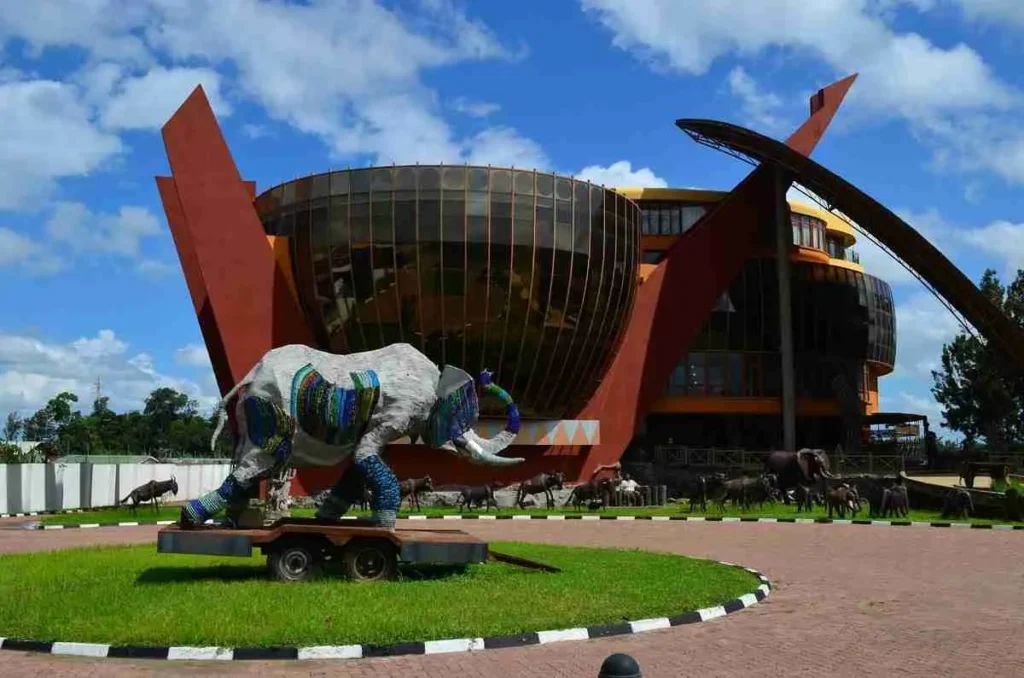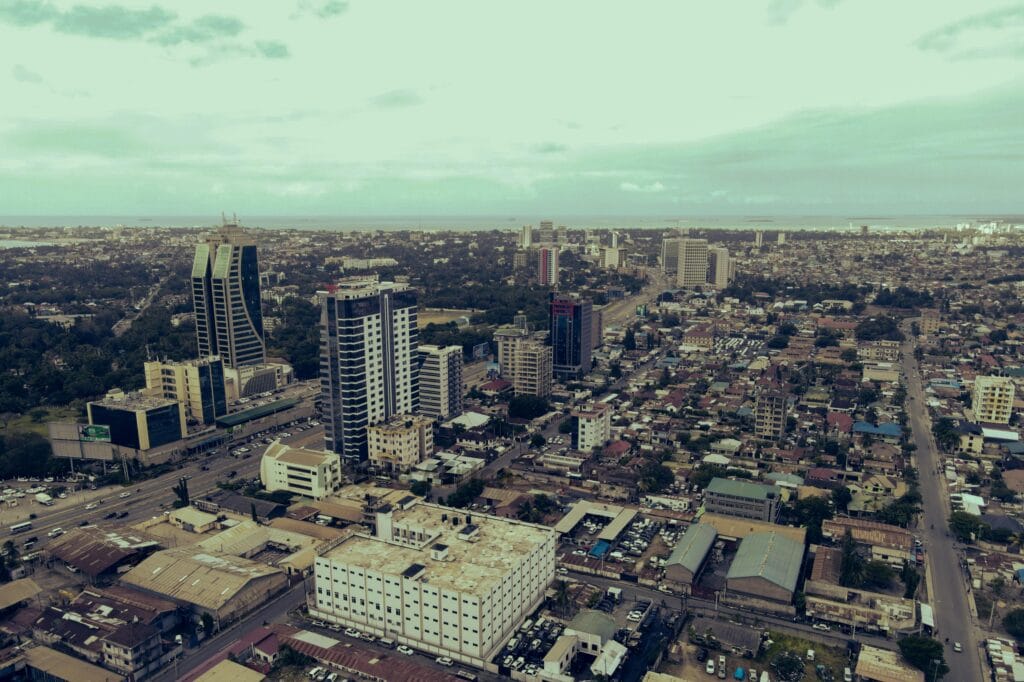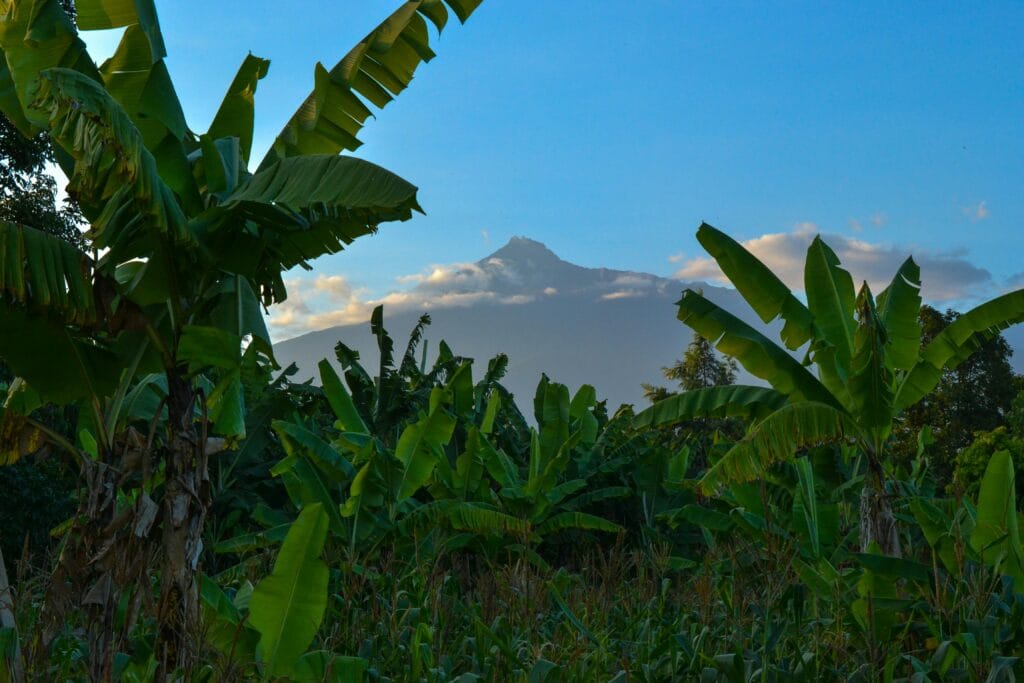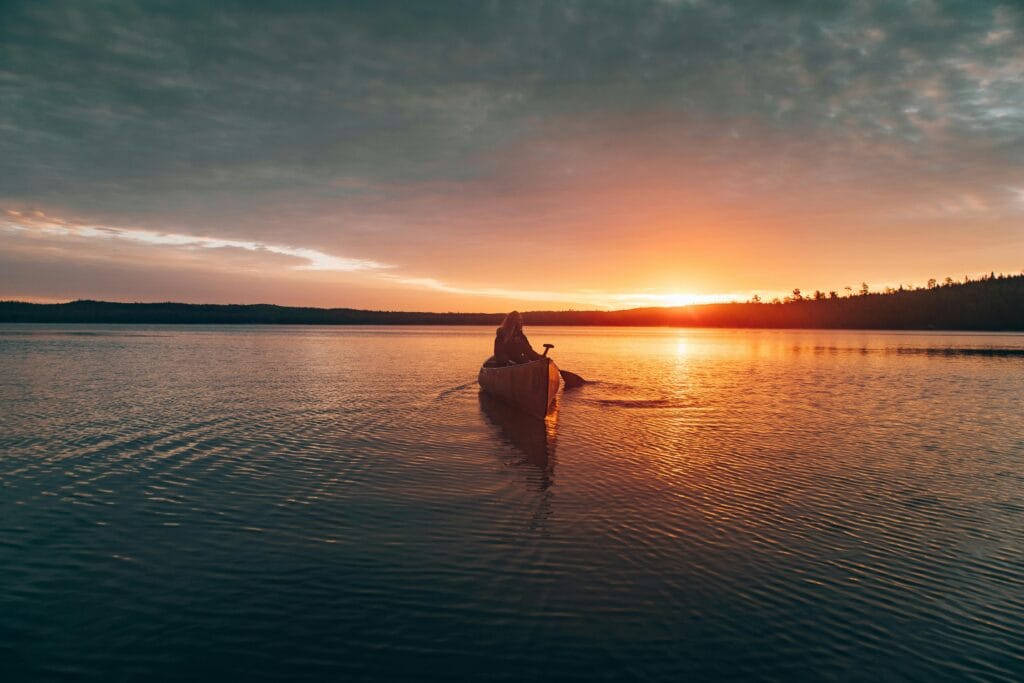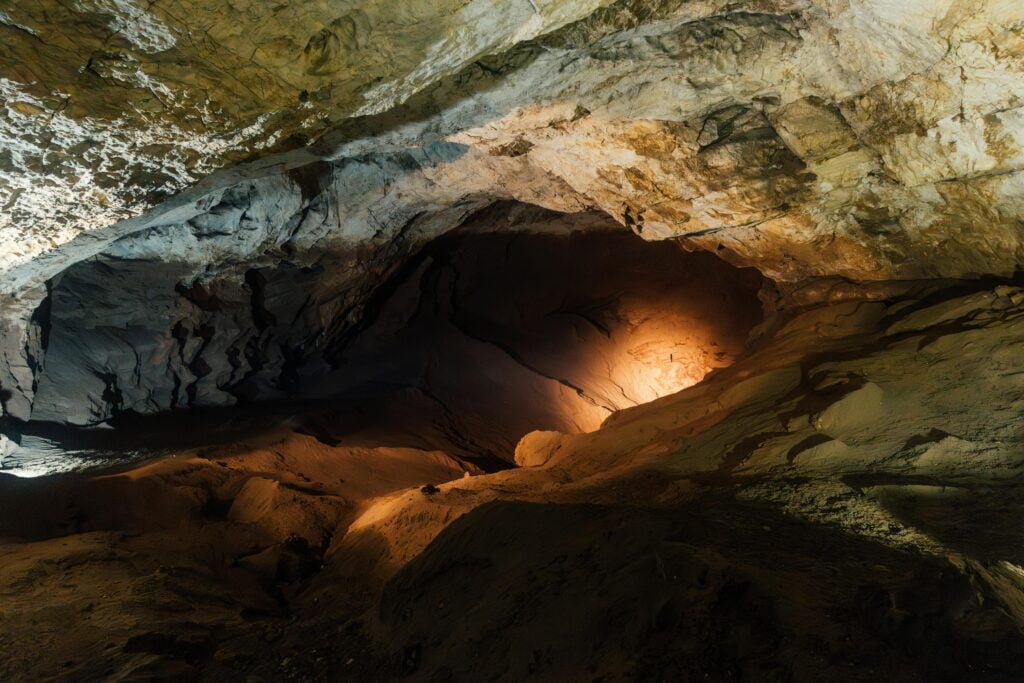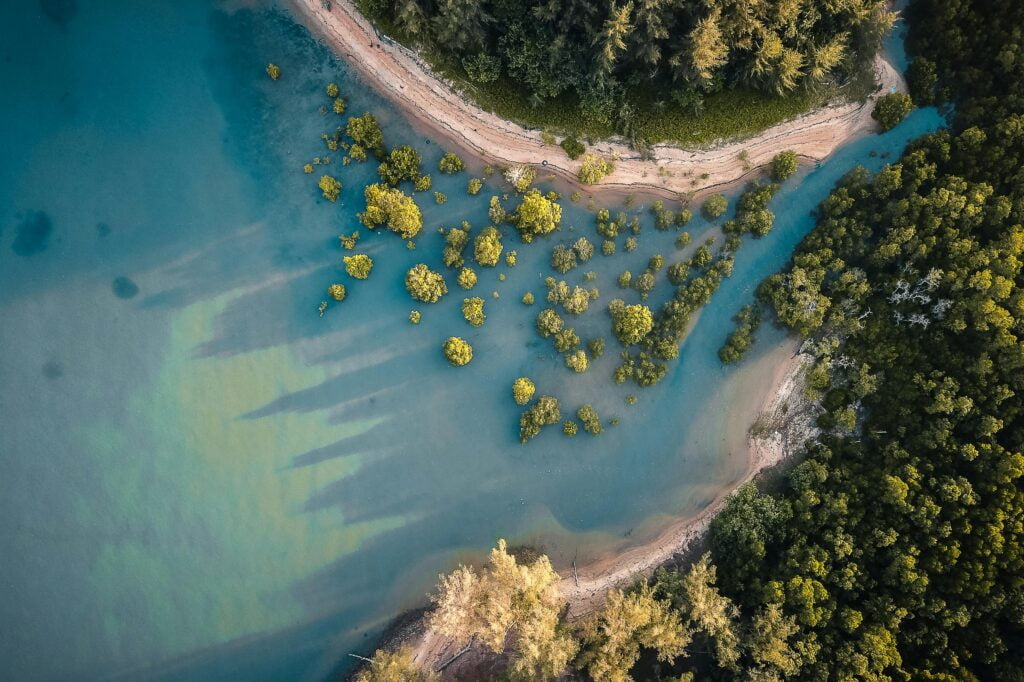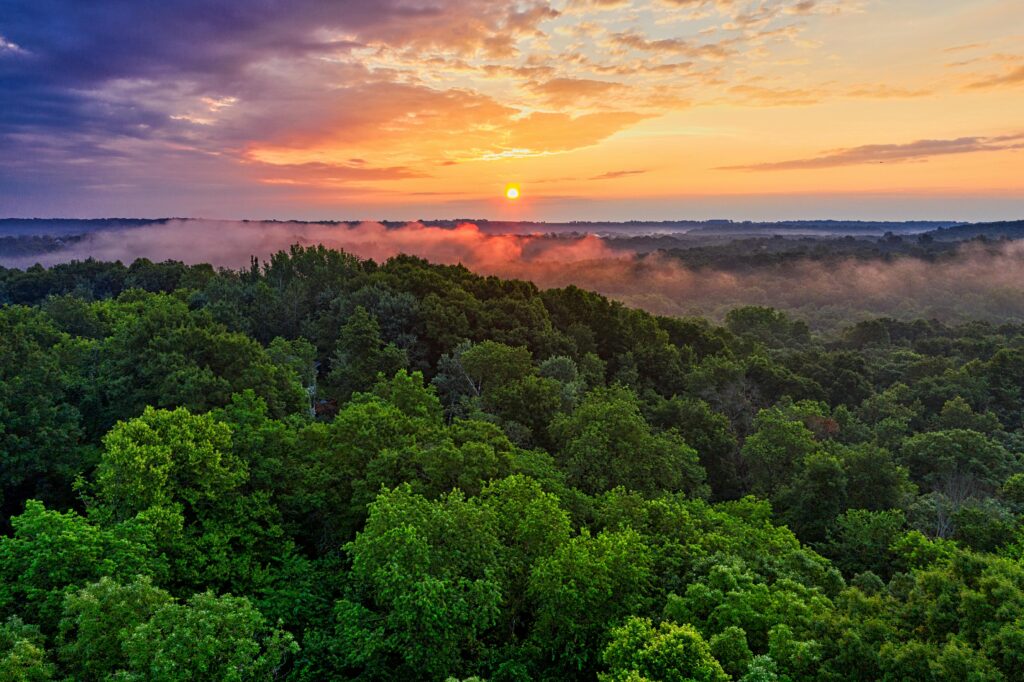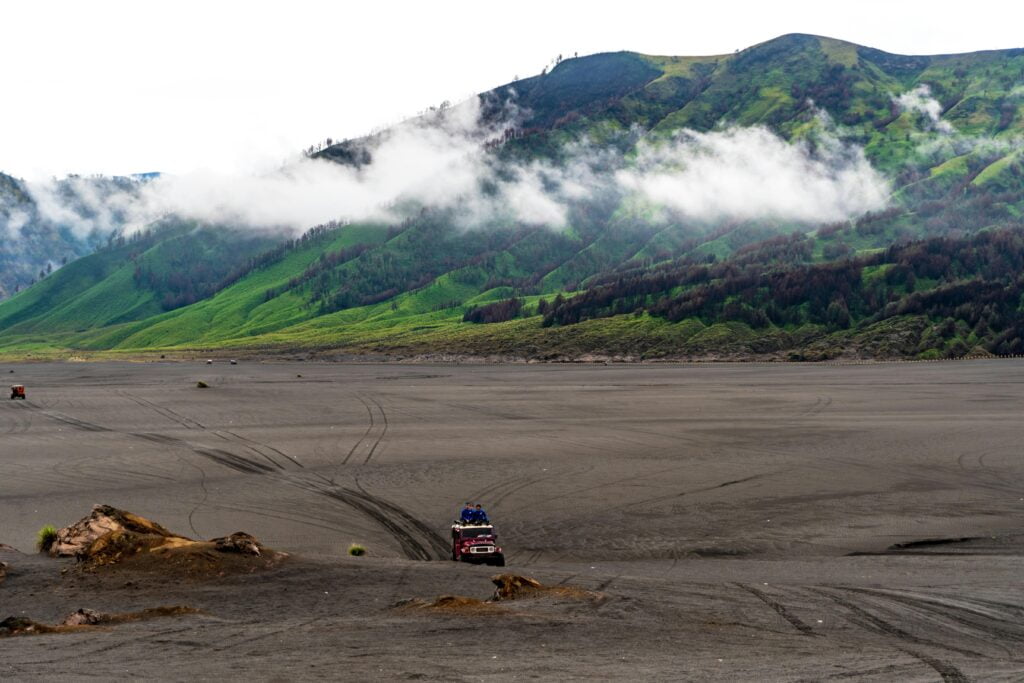Cultural Heritage Centre: Arusha’s Beacon of Tanzanian Tradition and Artistry
Nestled in the vibrant heart of Arusha, Tanzania’s Cultural Heritage Centre stands as a testament to the country’s rich tapestry of traditions, art, and history. As a premier destination for culture enthusiasts and travelers seeking a deeper connection with Tanzanian heritage, this centre offers an immersive experience that celebrates the diverse cultural mosaic of the region. Embarking on a visit with Future African Safari means not only exploring Tanzania’s natural wonders but also delving into the artistic and cultural soul of Arusha. Join us as we journey through the Cultural Heritage Centre and discover why it should be a highlight of your Tanzanian adventure. A Glimpse into Tanzania’s Cultural Soul The Cultural Heritage Centre in Arusha is more than just a museum; it is a vibrant hub where art, history, and culture converge. Established to preserve and promote Tanzania’s diverse cultural expressions, the centre showcases a wide array of traditional and contemporary art forms, offering visitors an authentic glimpse into the lives and creativity of Tanzanian communities. Diverse Exhibits: The centre houses an extensive collection of artworks, including sculptures, paintings, textiles, and traditional crafts. Each exhibit reflects the unique cultural identities of Tanzania’s numerous ethnic groups, from the Maasai and Sukuma to the Chaga and Nyamwezi. Interactive Displays: Engaging interactive displays and multimedia presentations provide deeper insights into the cultural practices, rituals, and storytelling traditions that shape Tanzanian society. Cultural Performances: Regular live performances, including traditional dances, music, and storytelling sessions, bring the exhibits to life, offering a dynamic and immersive cultural experience. Architectural Beauty and Serene Gardens The Cultural Heritage Centre itself is a marvel of architectural design, blending modern aesthetics with traditional influences. The building’s open-plan layout and spacious galleries create an inviting atmosphere that encourages exploration and contemplation. Elegant Design: The centre features a harmonious blend of contemporary architecture and traditional Tanzanian elements, symbolizing the fusion of past and present. Serene Gardens: Surrounding the building are beautifully landscaped gardens that provide a tranquil setting for visitors to relax and reflect. The gardens are adorned with indigenous plants and sculptures, enhancing the centre’s cultural ambiance. Artisan Workshops: The premises include dedicated spaces for artisan workshops, where local artists demonstrate traditional crafting techniques and create live art pieces, allowing visitors to witness the artistry firsthand. Must-See Highlights A visit to the Cultural Heritage Centre is incomplete without exploring its key highlights, each offering a unique perspective on Tanzania’s cultural heritage. 1. Maasai Art Gallery Discover the intricate beadwork and vibrant textiles of the Maasai people, one of Tanzania’s most renowned ethnic groups. The gallery features traditional attire, jewelry, and ceremonial artifacts that showcase the Maasai’s rich artistic traditions and their deep connection to nature and community. 2. Modern Tanzanian Art Collection Experience the evolution of Tanzanian art with a collection that includes contemporary paintings, sculptures, and mixed-media pieces by emerging and established artists. This section highlights the creative expressions that reflect Tanzania’s modern identity and social narratives. 3. Historical Exhibits Delve into Tanzania’s history through exhibits that cover significant events, from pre-colonial times and the struggle for independence to contemporary societal developments. Artifacts, photographs, and documents provide a comprehensive understanding of the nation’s journey. 4. Children’s Art Corner Designed to engage young minds, the Children’s Art Corner offers interactive displays and creative activities that educate and inspire the next generation about Tanzania’s cultural heritage. It’s a perfect spot for families to explore together. Engaging Visitor Experiences The Cultural Heritage Centre offers a variety of experiences that cater to different interests, ensuring that every visitor leaves with a deeper appreciation for Tanzanian culture. Guided Tours: Knowledgeable guides lead informative tours, sharing fascinating stories and insights about the exhibits, artists, and cultural practices. These tours are available in multiple languages to accommodate international visitors. Workshops and Classes: Participate in hands-on workshops where you can learn traditional crafting techniques, such as pottery, weaving, and beadwork. These classes provide a meaningful way to connect with Tanzanian artisans and take home a piece of the culture. Culinary Delights: Enjoy traditional Tanzanian cuisine at the centre’s café, which offers a selection of local dishes made from fresh, locally sourced ingredients. It’s an excellent opportunity to savor the flavors of Tanzania while reflecting on your cultural exploration. Supporting Local Artisans and Conservation By visiting the Cultural Heritage Centre, you contribute to the preservation and promotion of Tanzania’s cultural heritage. The centre collaborates with local artisans and communities to ensure that traditional arts and crafts are sustained and passed down through generations. Artisan Support Programs: The centre provides platforms for local artists to showcase their work, receive fair compensation, and gain recognition on both national and international stages. Cultural Conservation: Initiatives aimed at documenting and preserving intangible cultural heritage, such as oral traditions and traditional knowledge, are integral to the centre’s mission. Sustainable Practices: Emphasizing sustainability, the centre adopts eco-friendly practices in its operations, from waste management to energy conservation, aligning with Tanzania’s broader environmental goals. Plan Your Visit with Future African Safari Integrating a visit to the Cultural Heritage Centre into your Tanzanian safari enriches your travel experience, offering a balanced blend of natural exploration and cultural immersion. At Future African Safari, we design itineraries that include visits to this cultural gem, ensuring that you gain a comprehensive understanding of Tanzania’s multifaceted heritage. Personalized Itineraries: Whether you’re interested in art, history, or interactive experiences, we tailor your itinerary to match your preferences, making your visit to the Cultural Heritage Centre both enjoyable and meaningful. Expert Guidance: Our experienced guides provide in-depth knowledge and context, enhancing your appreciation of the exhibits and the stories they tell. Seamless Integration: We ensure that your cultural exploration complements your wildlife adventures, creating a well-rounded and unforgettable safari experience. Ready to immerse yourself in Tanzania’s rich cultural heritage? Contact Future African Safari today to customize your itinerary and include a visit to the Cultural Heritage Centre in Arusha. Experience the perfect harmony of nature and culture, and take home memories that celebrate the heart and soul of Tanzania. …
Cultural Heritage Centre: Arusha’s Beacon of Tanzanian Tradition and Artistry Read More »

